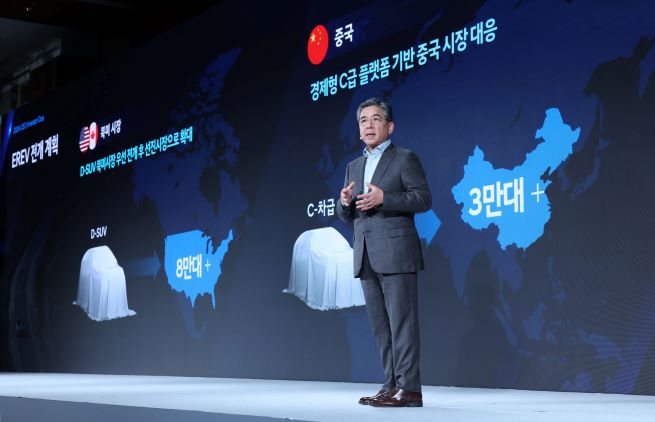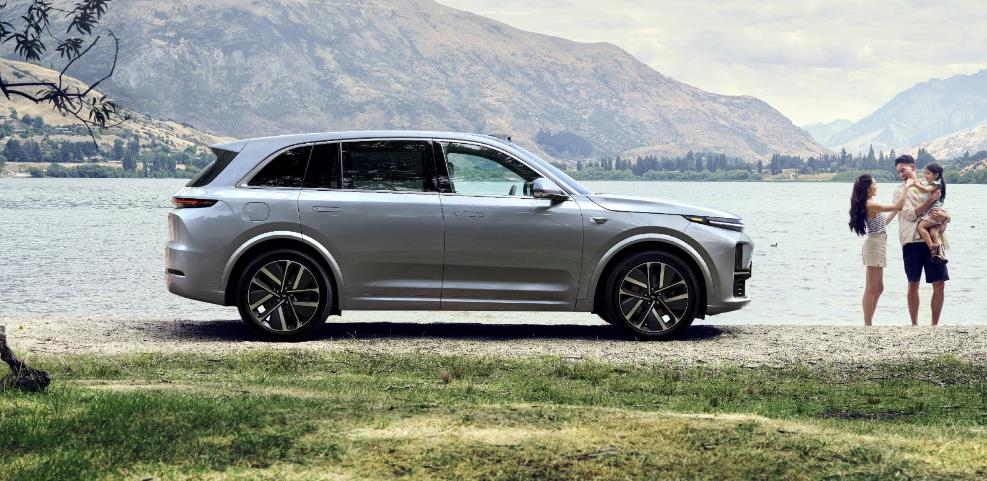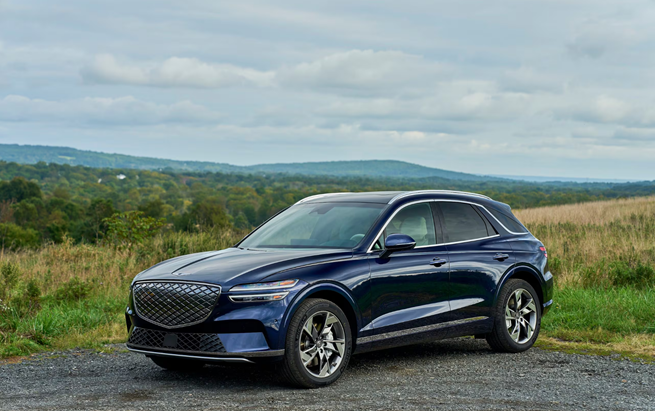
Hyundai Motor Company President Chang Jae-hoon speaks during the CEO Investor Day at the Conrad Hotel in Yeouido, Seoul, on the afternoon of 28 August. (Image provided by Hyundai Motor)
SEOUL, Sept.16 (Korea Bizwire) – As Hyundai Motor Company recently announced plans to mass-produce extended-range electric vehicles (EREVs), the battery industry is closely watching the potential impact of this emerging technology.
While the market viability of EREVs remains to be fully proven, there’s growing optimism that the expansion of this sector could provide a much-needed boost to battery manufacturers, potentially helping them navigate the anticipated chasm in electric vehicle demand.
According to industry sources, the EREV market is currently centered in China, with global automakers like Stellantis and Ford also showing interest alongside Hyundai.
EREVs share components with hybrid vehicles, including internal combustion engines, motors, and batteries.
However, the key difference lies in their propulsion method. While hybrid vehicles use both engine and motor for propulsion, EREVs utilize the engine solely to charge the battery that powers the electric motor.

China is currently leading the EREV market. According to LMC Automotive, Li Auto, a frontrunner in the EREV segment, sold approximately 380,000 units in 2023 alone. (Image from Li Auto webpage)
This configuration allows EREVs to offer an electric vehicle-like driving experience with significantly extended range, addressing concerns about charging infrastructure. The reduced battery capacity compared to pure electric vehicles (BEVs) – typically 50-70% of a BEV’s battery size – also contributes to a more competitive price point.
Hyundai unveiled its EREV strategy during its 2024 CEO Investor Day on August 28. The company plans to begin EREV production in North America and China by late 2026, with sales targets of 80,000 units in North America and 30,000 in China by 2027.
Hyundai President Chang Jaehoon emphasized the EREV’s advantages: “EREVs offer the convenience of both refueling and battery charging, reducing range anxiety. They’re priced lower than electric vehicles while combining the profitability of hybrids with the product competitiveness of EVs.”
China is currently leading the EREV market. Sales in the country exceeded 600,000 units last year and are expected to approach 1 million in 2024. According to LMC Automotive, Li Auto, a frontrunner in the EREV segment, sold approximately 380,000 units in 2023 alone.
Other global automakers are also exploring the EREV space. Stellantis’ Ram brand is preparing to launch an EREV pickup truck, while Ford is taking orders for an EREV version of its Transit van in North America and Europe.
Market Research Intellect projects that the global EREV market will grow at an average annual rate of about 20%, reaching $518 billion by 2031.
However, EREVs face challenges. Their dual powertrain makes them heavier and more complex than conventional vehicles, and they are better suited for mid-size to large vehicles rather than compact cars.

Hyundai Motor Company is developing an ‘Extended-Range Electric Vehicle (EREV)’ to address the so-called electric vehicle chasm, a temporary slowdown in EV demand. (Image shows Genesis GV70)
A battery industry insider commented, “If consumer demand is sufficient, EREVs could provide opportunities for market growth and revenue diversification. They address the limitations of BEVs, such as range anxiety and charging infrastructure concerns, while maintaining many of their advantages.”
Another industry observer noted, “With the slowdown in electric vehicle growth prolonged beyond initial expectations, the industry had been looking to hybrid and plug-in hybrid vehicles as a bridge in the electrification process.
EREVs now offer another option, and we expect to see increased discussions between automakers and battery manufacturers about this technology.”
Kevin Lee (kevinlee@koreabizwire.com)






